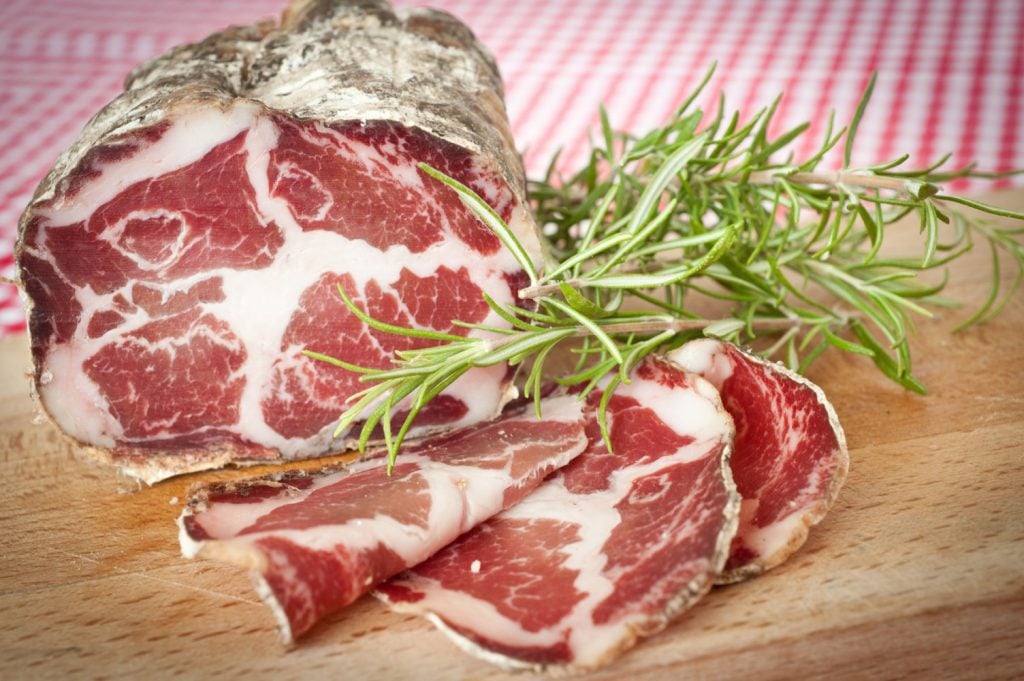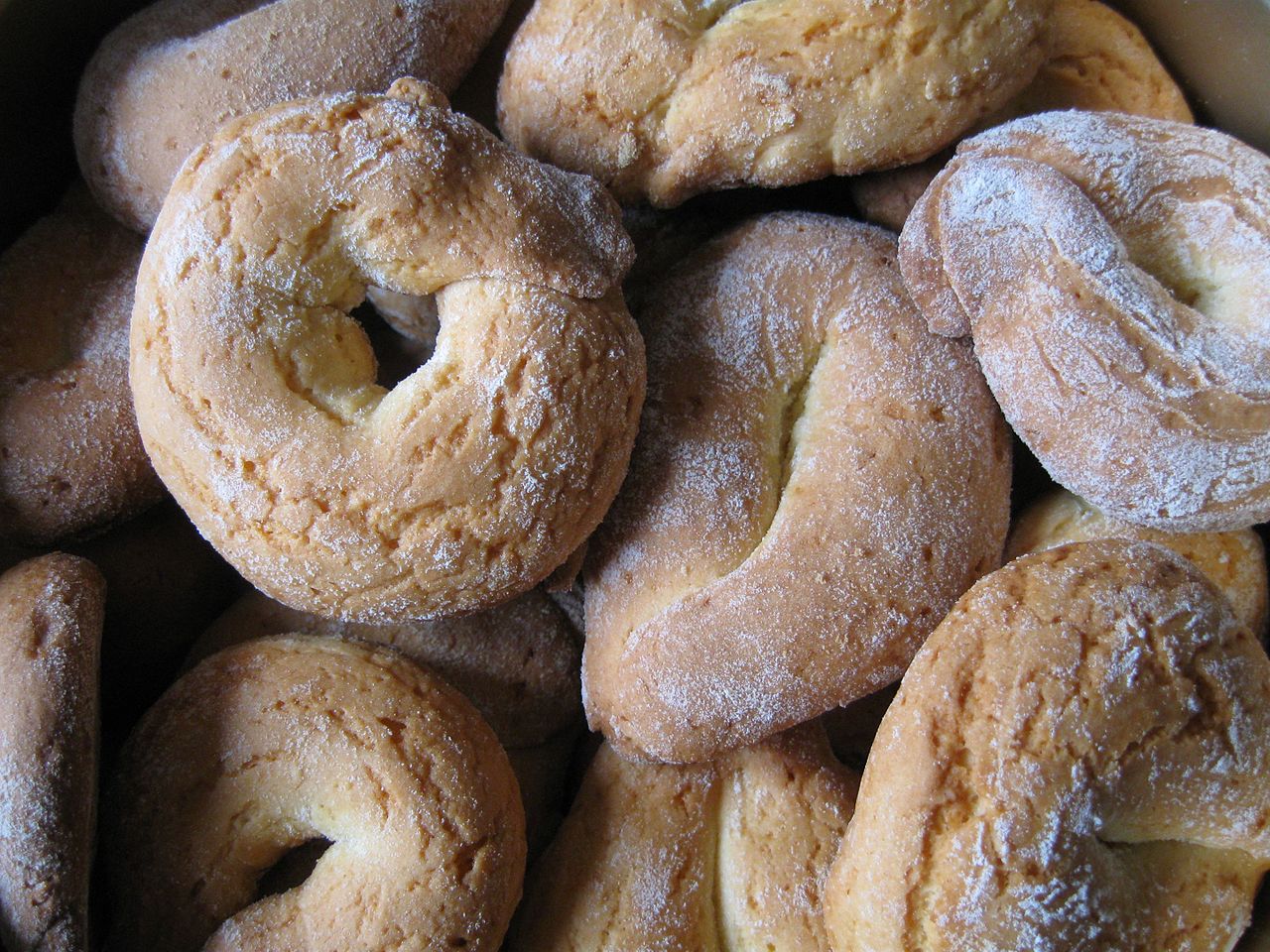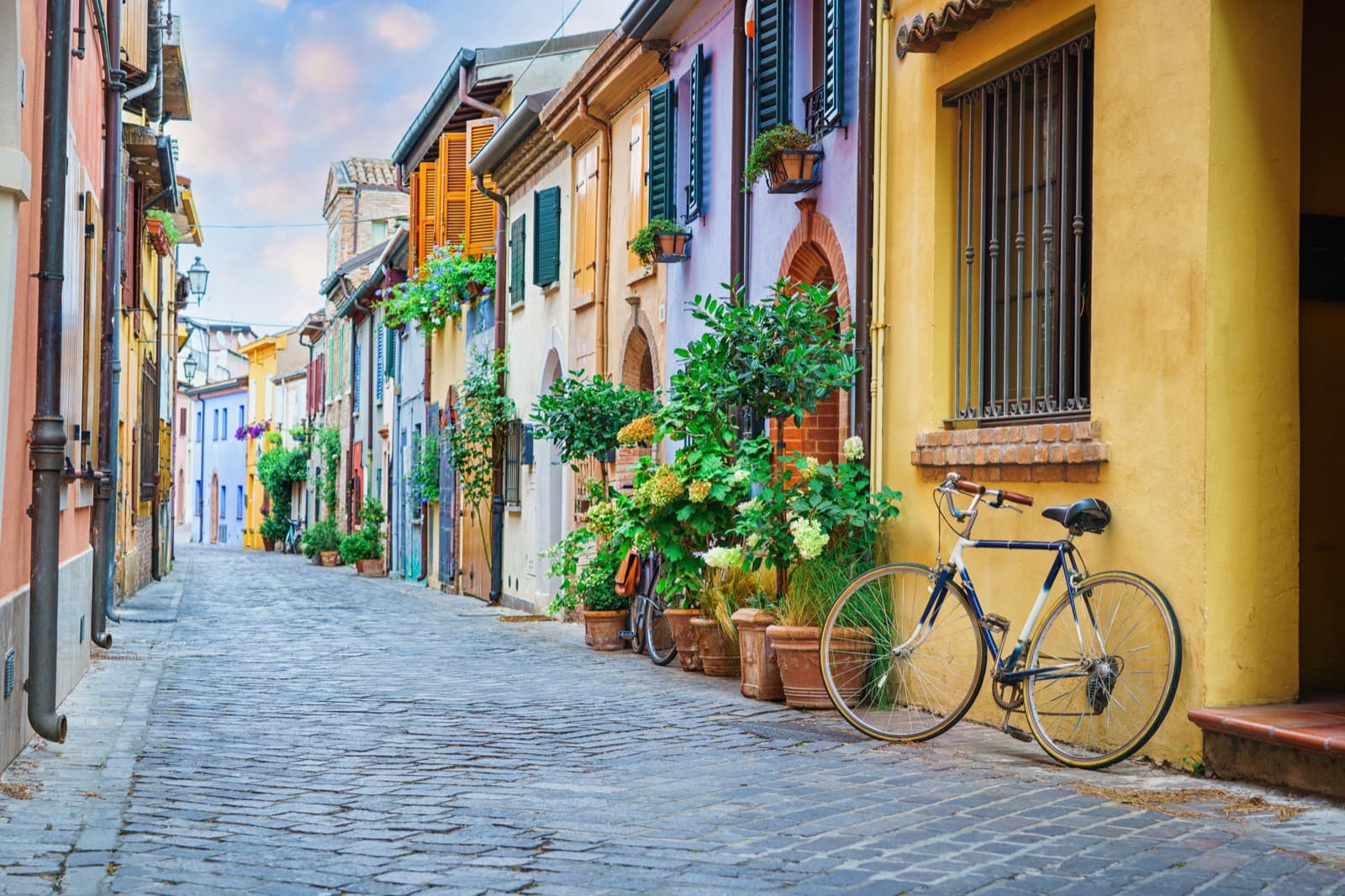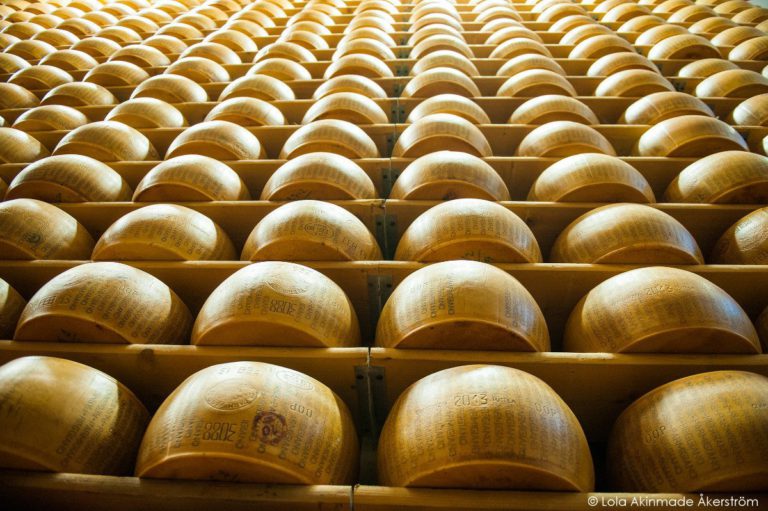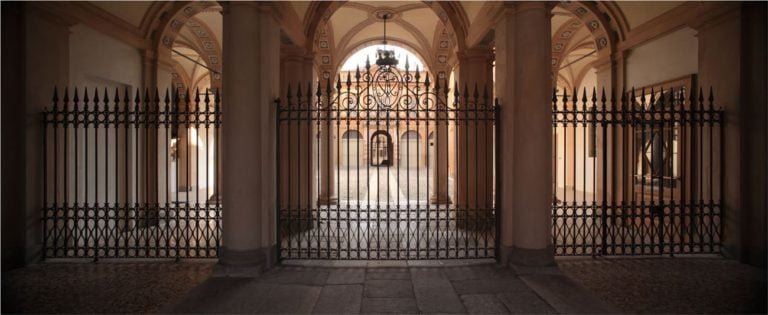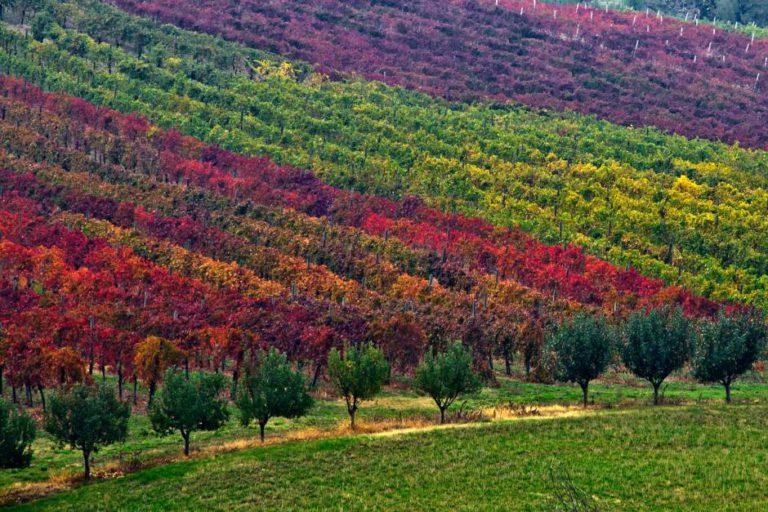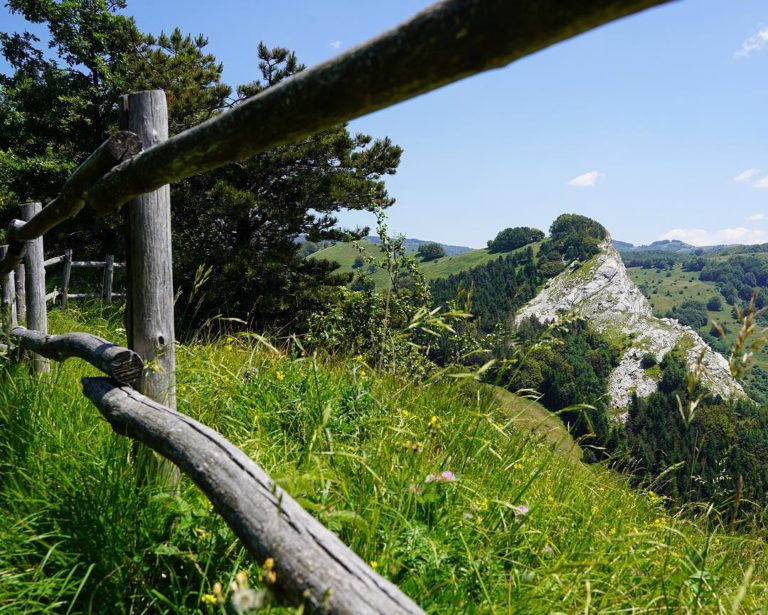Did you know that, in the past, the expression “stuff from Piasensa” referred to delicacies like cheese and salami? If you intend to visit Piacenza or its villages (Bobbio, Castell’Arquato, and Vigoleno), then you cannot miss a tasty food and wine tour.
This quality cuisine hosts 3 PDO types of cured meat and 2 PDO kinds of cheese along with 17 DOC wines. Its variety and richness are rooted in its position, as Piacenza is located on the border of Emilia, Lombardy, Liguria, and Piedmont and its culinary traditions are a mix of these 4 regions. Its tradition also includes the use of horse meat (horse and donkey), which reflects the territory’s former role as a military outpost.
Cured Meats and Cheese
If you are in the area you cannot but start the meal with a delicious platter of PDO salami, coppa and pancetta, as well as taste Piacenza’s 2 PDO Provolone Valpadana and Grana Padano cheeses. To enhance the flavour of the cold cuts, we recommend accompanying them with the typical burtleina or with chisulen, two bread types best served hot.
Pisarei and Fasö
Pisarei and Fasö is a tasty first course of peasant origin made with poor ingredients. Although the name may sound a bit mysterious, it basically consists of dumplings and borlotti beans seasoned with tomato sauce and bacon. According to some, the word “pisarei” derives from the Spanish verb “pisar“, that means to pound or crush, since the dumplings are crushed under the fingers in order to give them their traditional shape.
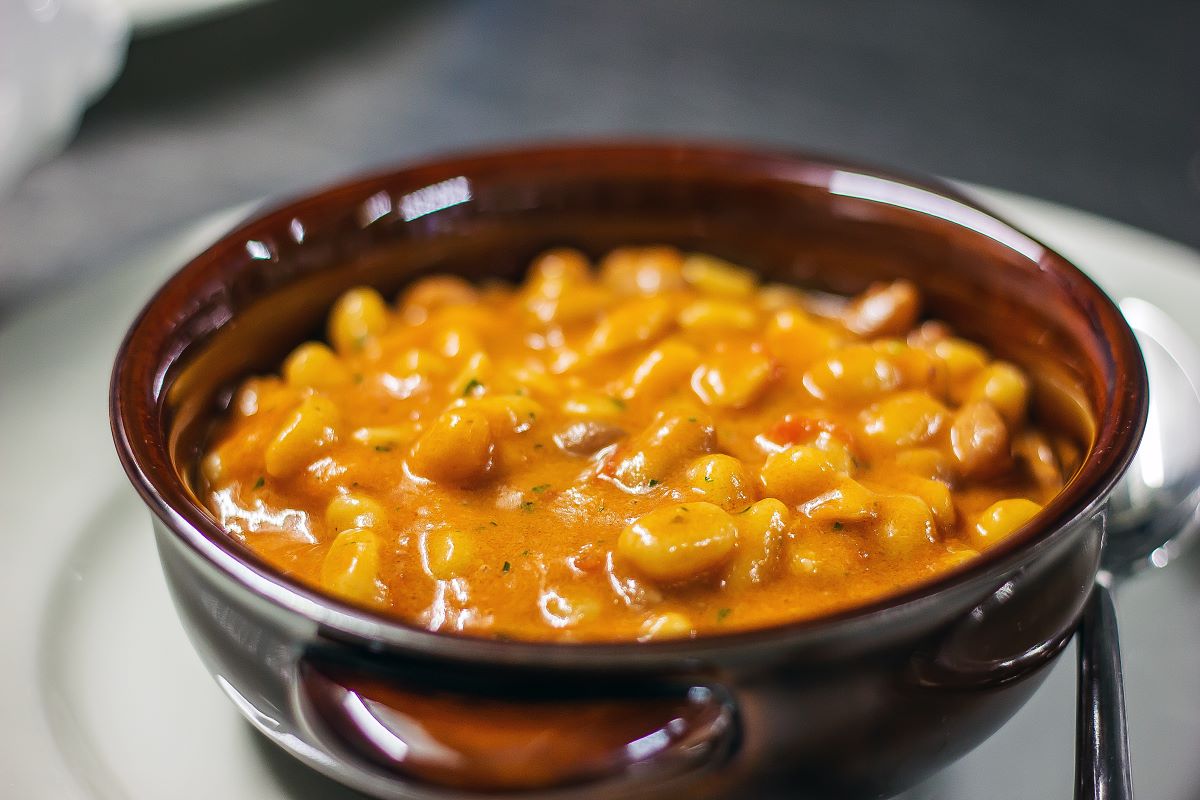
Rice bomb from Piacenza
Typical of the village of Bobbio, the so-called rice bomb was once the traditional dish prepared for the Madonna of August, when the meat is softer. It is a pie of rice, mushrooms and pigeon meat that Elisabeth Farnese, Queen of Spain, is said to have been very fond of.
Tailed Tortelli
This dish was created in the kitchens of the Vigolzone castle on the occasion of a visit by Francesco Petrarca. They are small bundles of stuffed pasta filled with ricotta cheese, herbs and grated cheese that, unlike the better-known tortelli, have a tail.
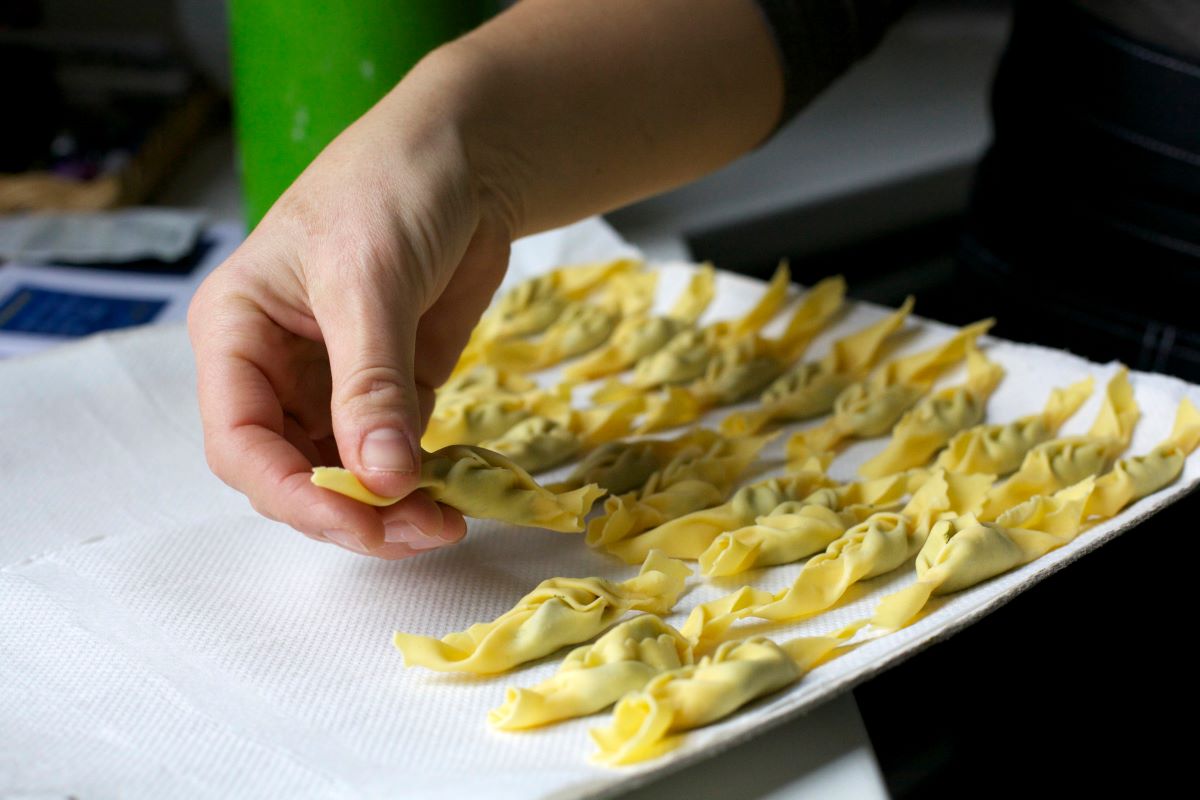
Polenta and horse
The “puleinta ed pìcula ‘d caval” a ragout made of minced horse meat with a robust flavour, which is served with polenta. A dish of poor origin that still delights the palate of those in search of genuine flavours of the past.
Anolini
Anolini are Piacenza’s real festive dish. Tradition has it that on Christmas Eve all generations of the family gather together to prepare them. There are two variants for the filling, which differentiate them from Parma’s anolini: one with beef stew in the stuffing, while the other, typical of the Val d’Arda, is cheese-based and contains grana cheese, breadcrumbs and nutmeg.
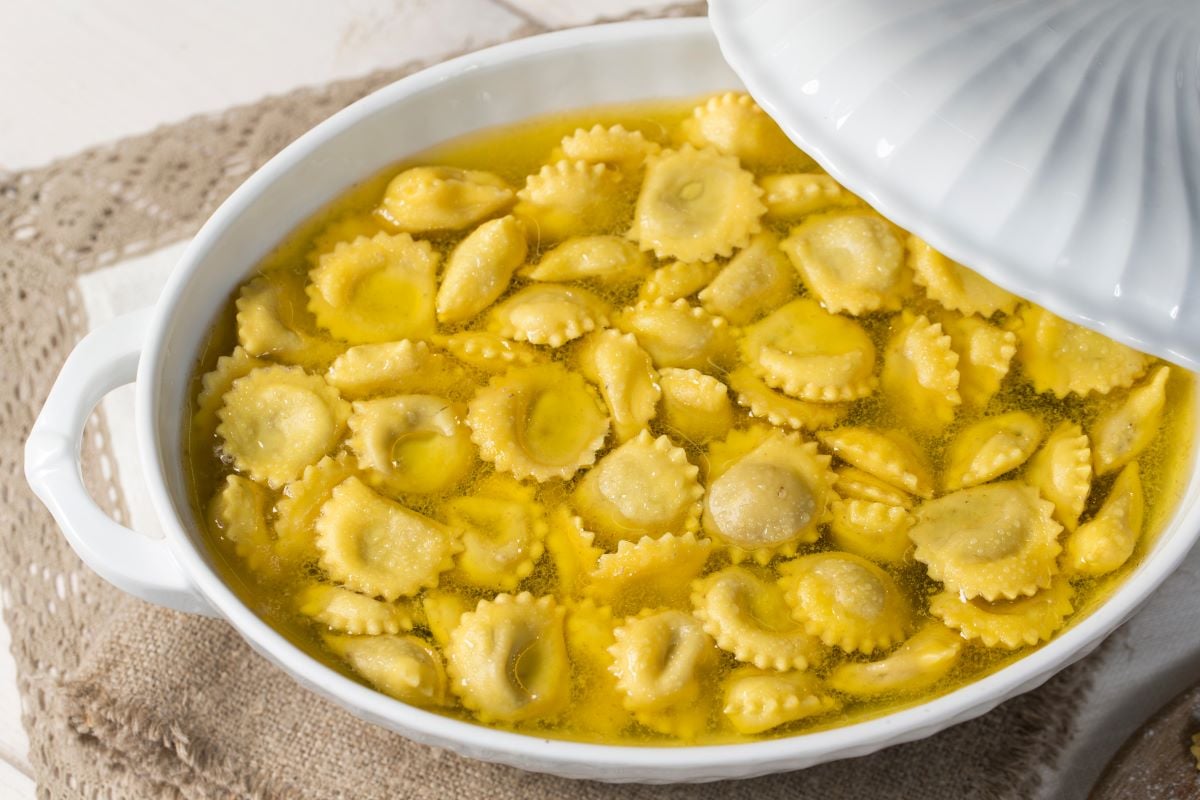
Bobbio’s Maccaroni
This pasta type is pierced with a knitting needle or with a big needle. Originating in the Middle Ages, this recipe is traditionally seasoned with stracotto sauce and served in restaurants in Bobbio and the middle Trebbia Valley.
Piacenza’s beefstew
The beefstew (stracotto) is a symbol of Piacenza cuisine. The traditional recipe has it made with horse meat, although many often replace it with beef. The popularity of stracotto alla piacentina is still due to the fact that, when minced, it is used as a filling for anolini.
Snails
This one is an ancient and typical recipe of the Piacenza Apennines, where snails are found among woods and vineyards. They are typical of Christmas Eve as a low-fat dish and require a rather easy preparation: they must be boiled and then flavoured with white wine, cloves, tomato sauce and broth.
Standing milk
A simple dessert made with ingredients that were once readily available in the countryside. The “standing milk” (latte in piedi in Italian) is a delicate version of crème caramel, made with milk, eggs, sugar, amaretto biscuits and cocoa.
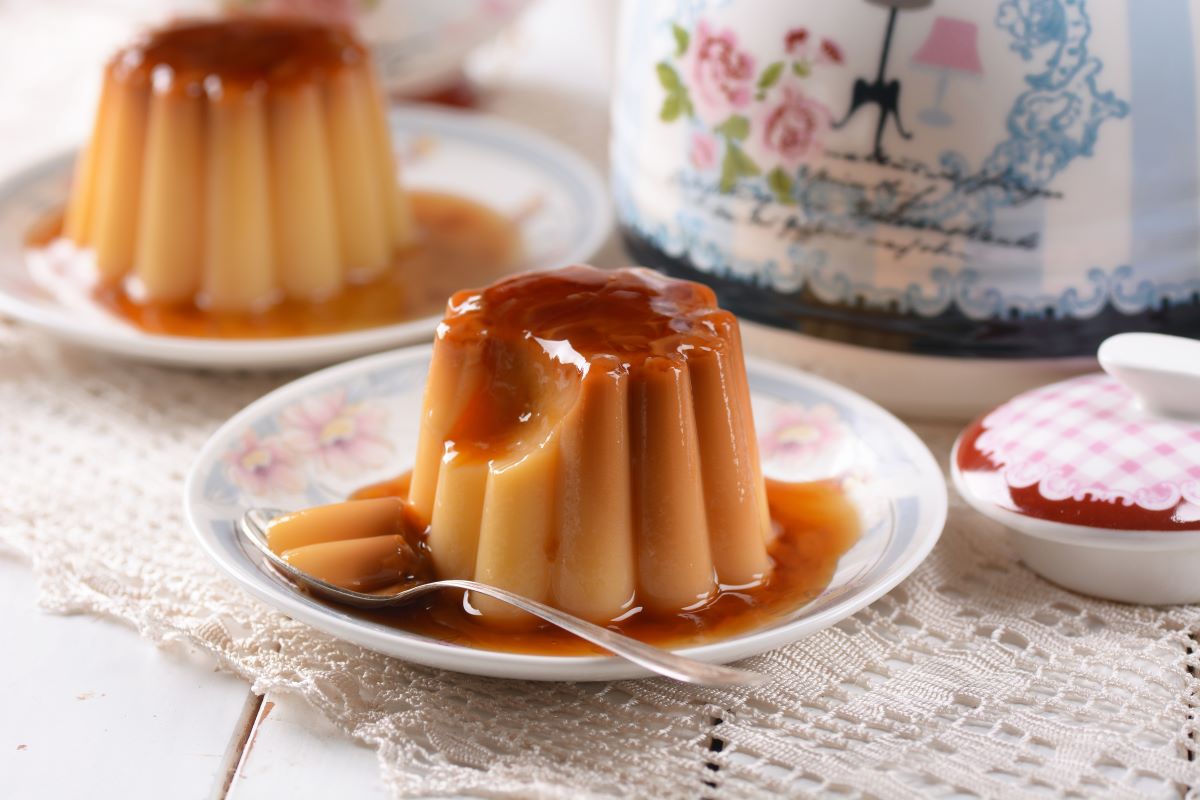
Turtlitt
Sweet tortelli cooked in a wood oven or fried, the turtlitt were traditionally prepared at the beginning of January using leftovers from Christmas such as chestnuts or mostarda. They were typical of the celebrations for St Anthony’s Day, 17 January, but also for Carnival and St Joseph’s Day (19 March).
Buslanein
These typical Piacenza biscuits with their unmistakable aroma and typical doughnut shape are available in different versions: hard or crumbly, as well as with or without sugar.
Buslanein Biscuits
Bargnolino
Bargnolino is a digestif made from blackthorn berries that must rest for at least three years before consumption, and a great way to end our food tour in Piacenza!
Author
You may also like
by Giulia Delaini ///

Interested in our newsletter?
Every first of the month, an email (in Italian) with selected contents and upcoming events.
The Wines of Emilia
by Walter Manni /// November 14, 2018
Weekend fuori Genova… in Emilia Romagna (entro 200 km)
by Celestina Paglia /// September 7, 2020
